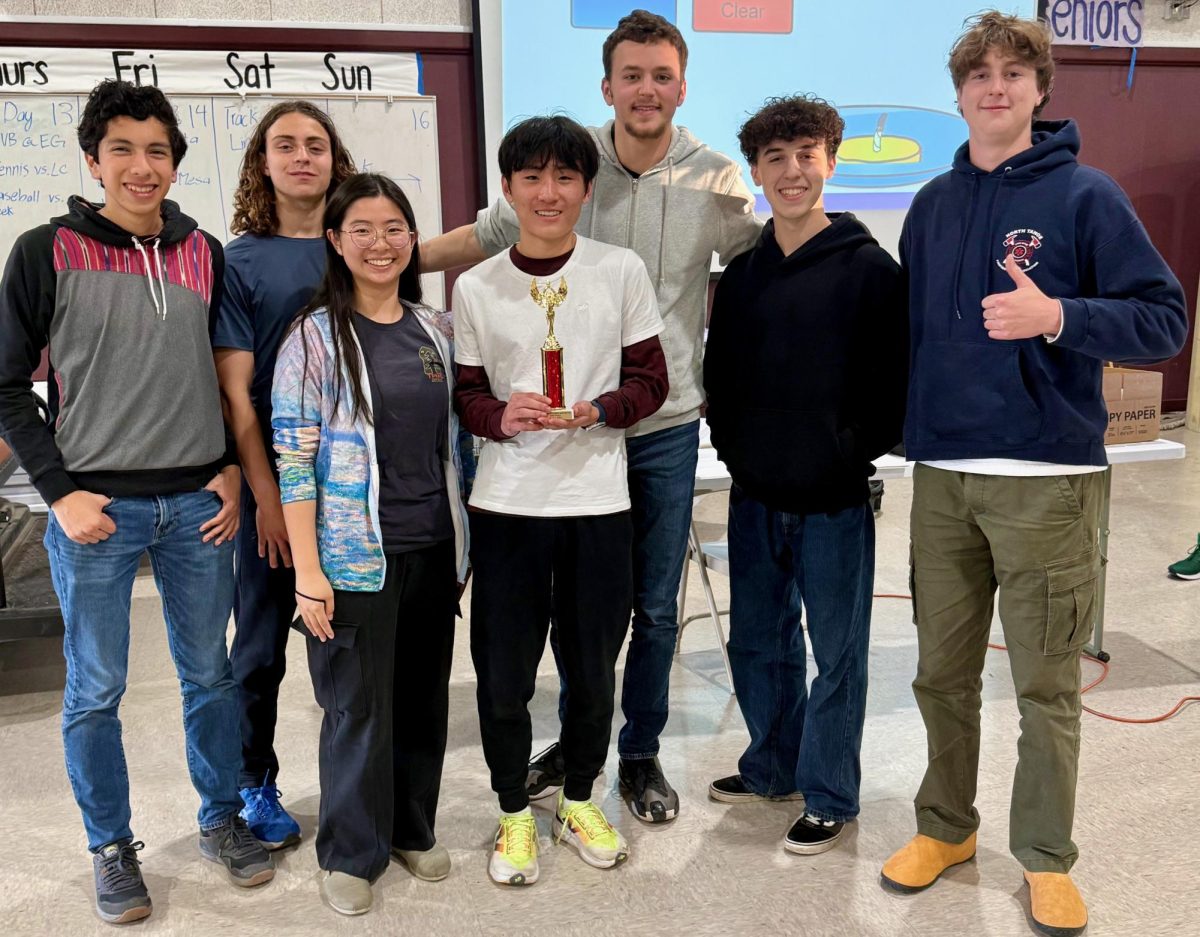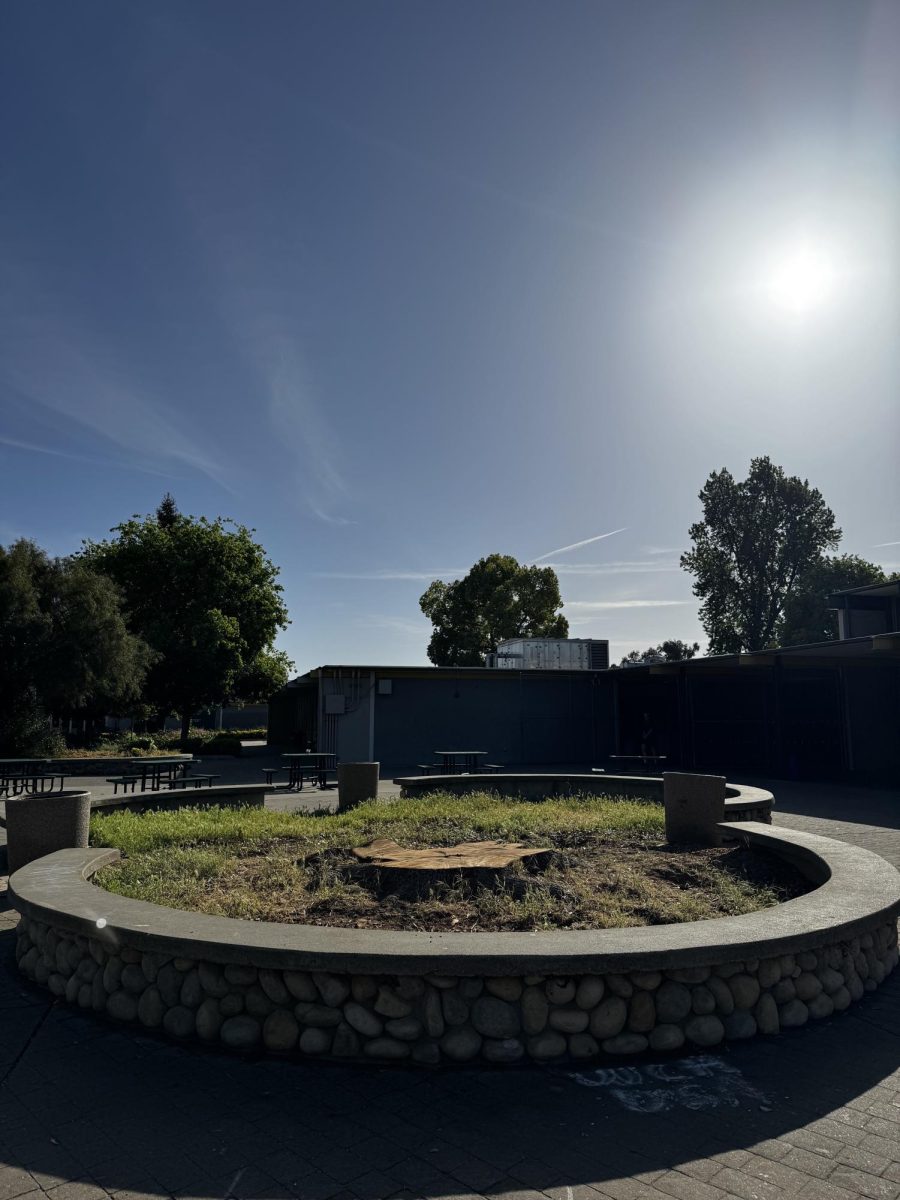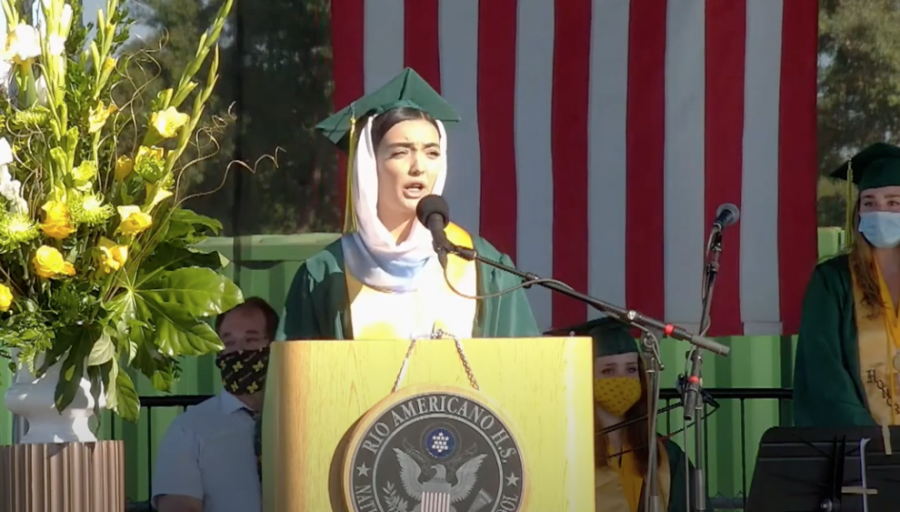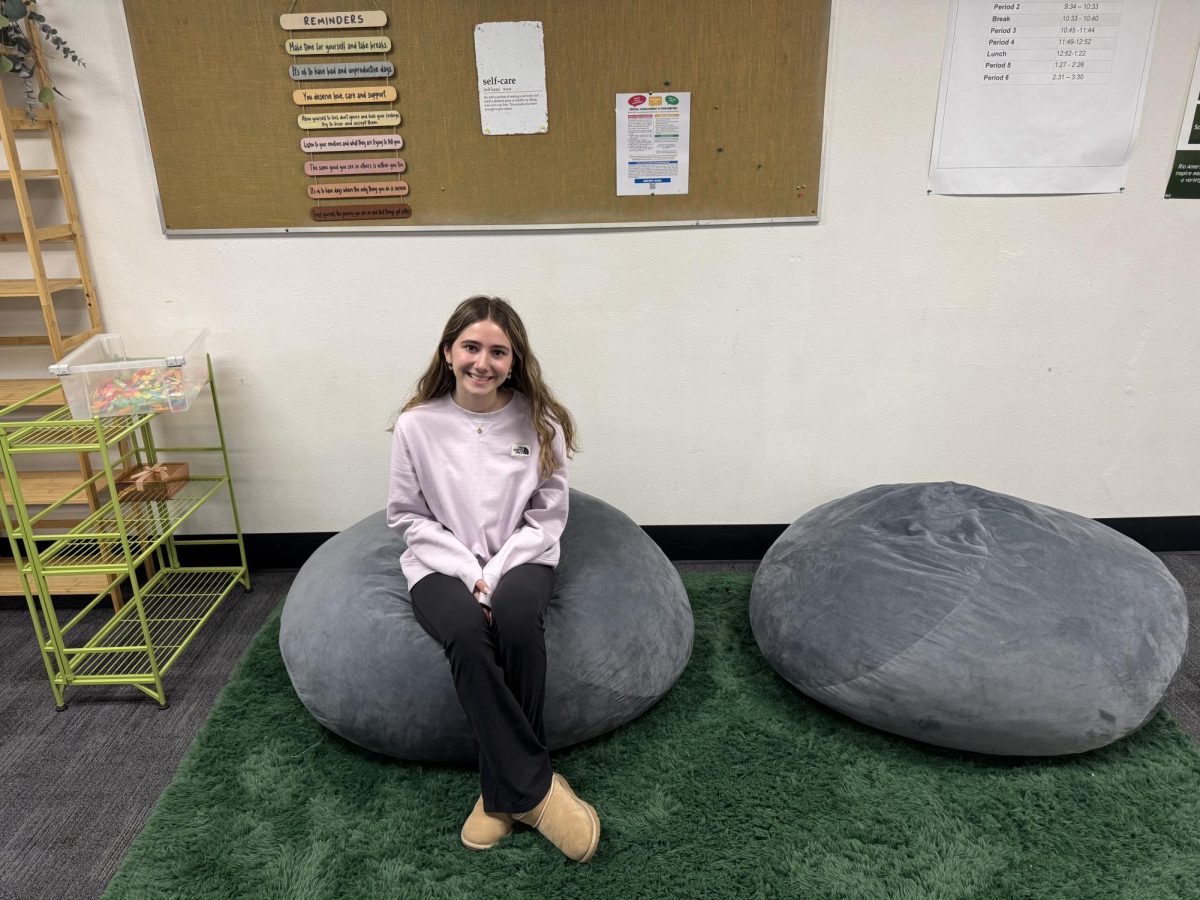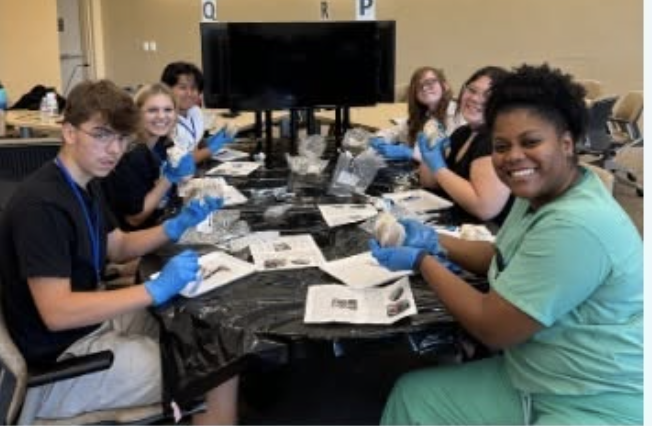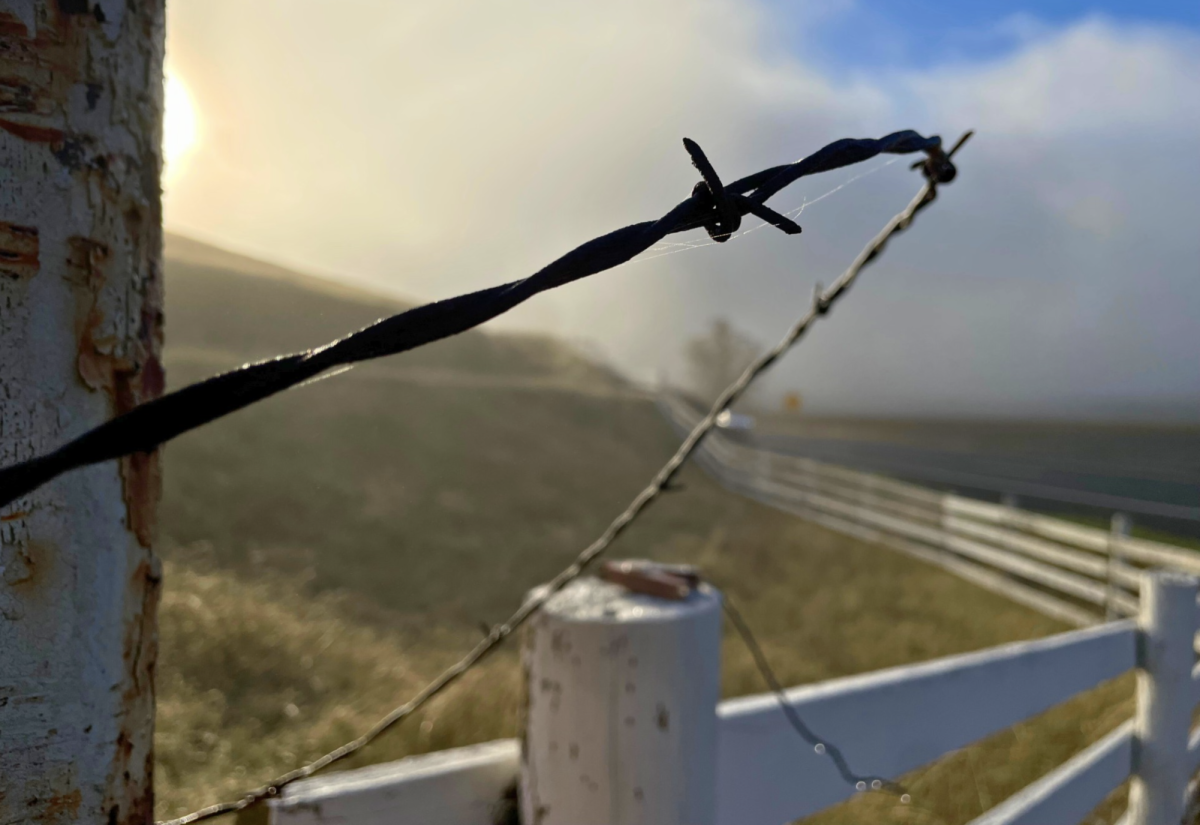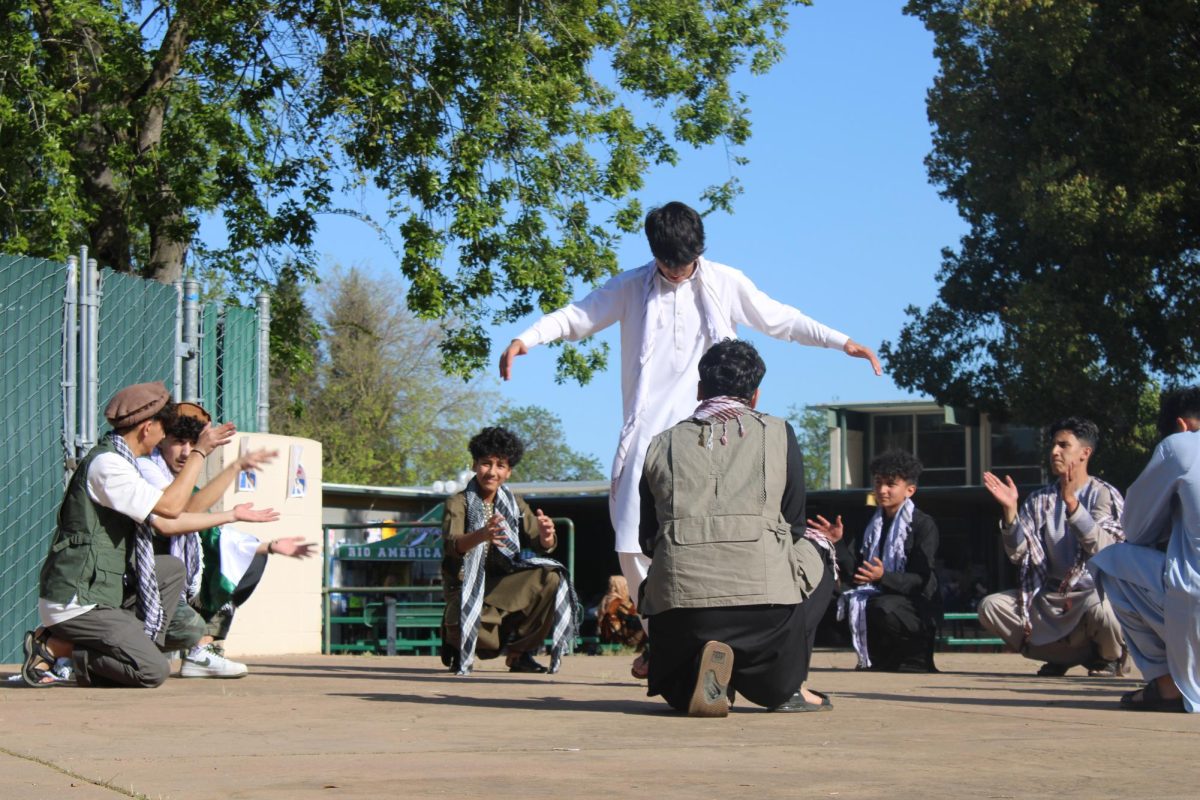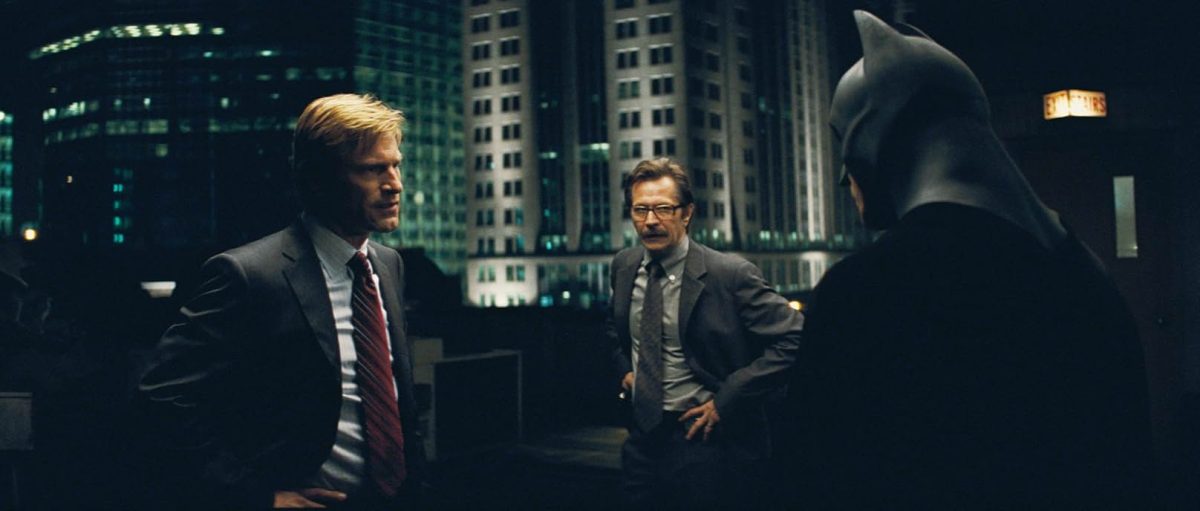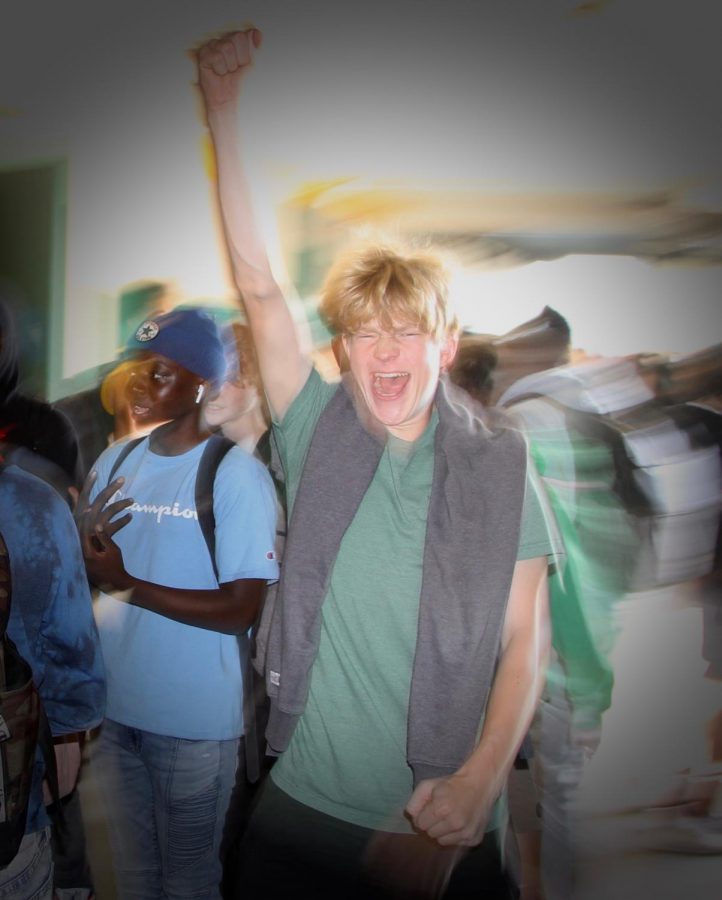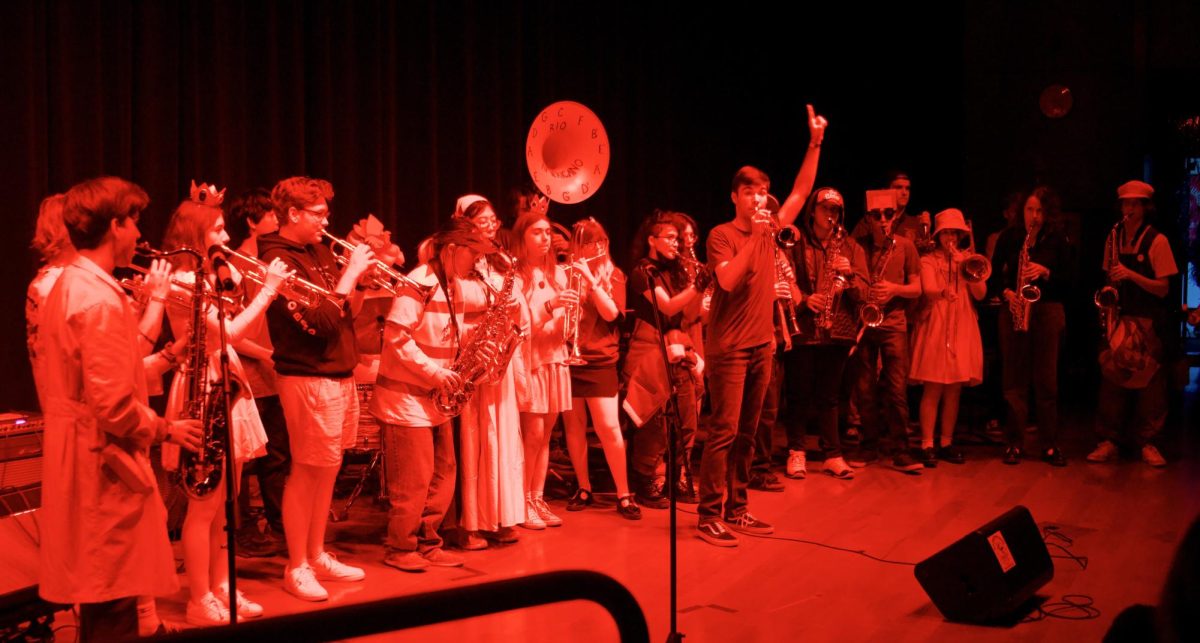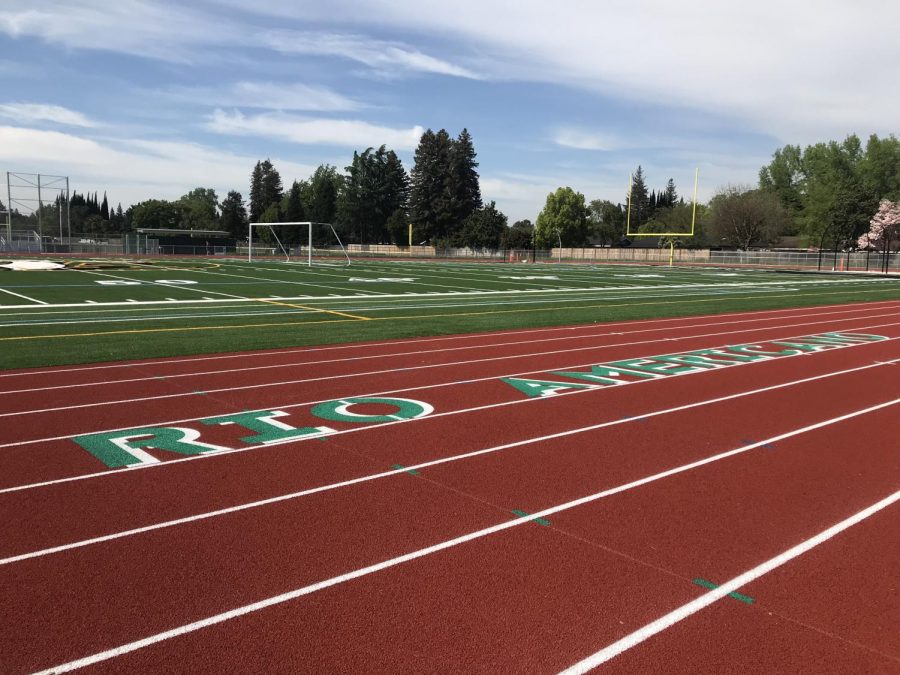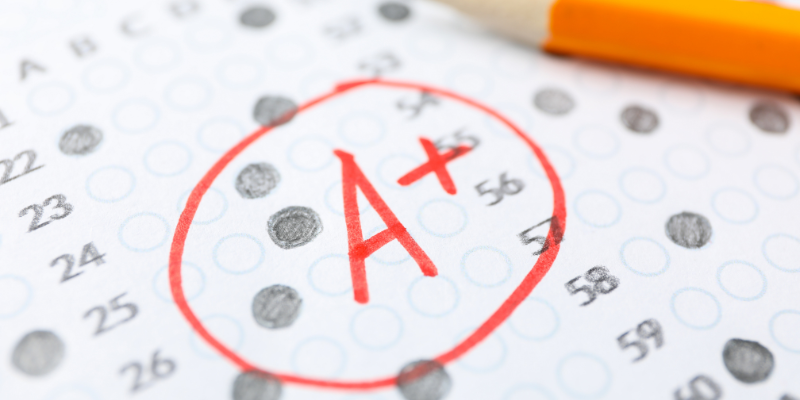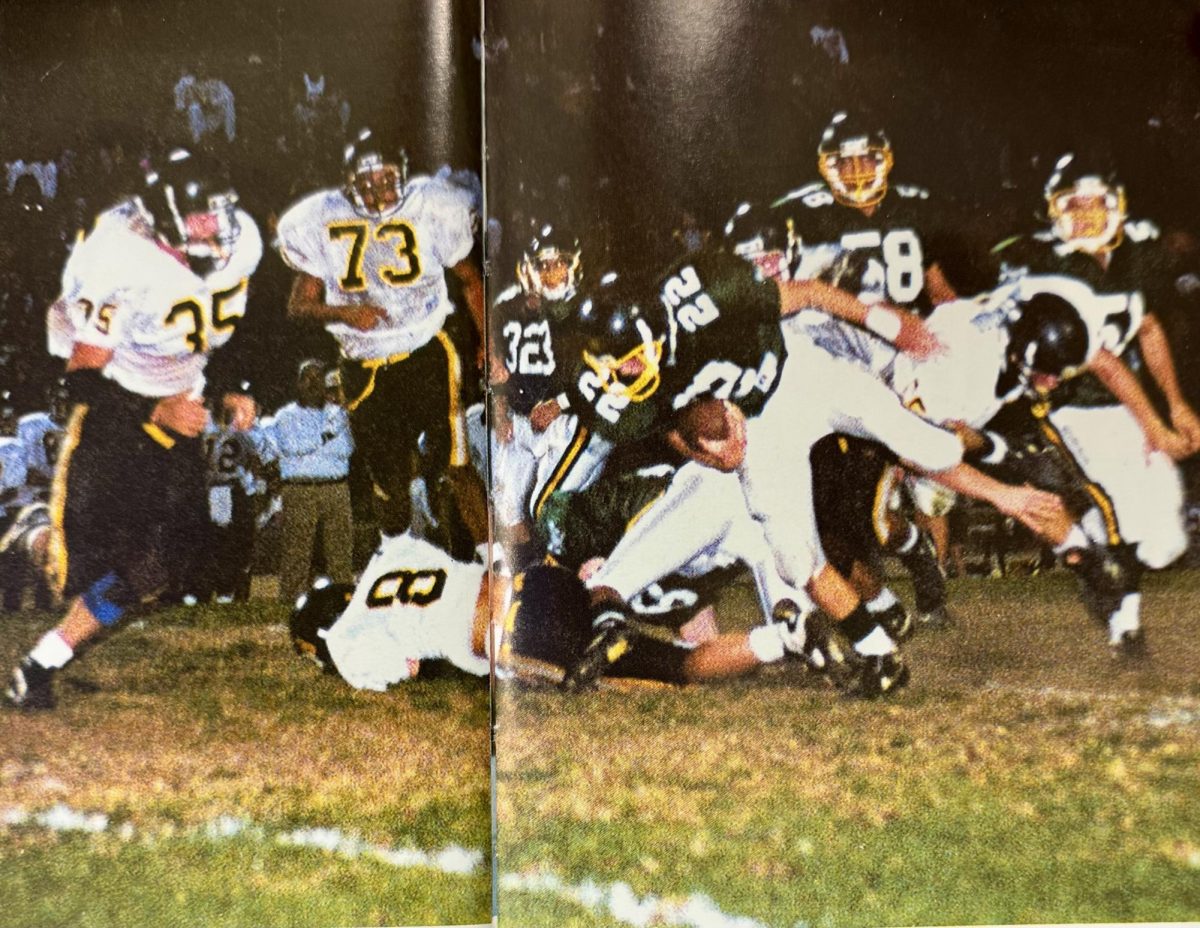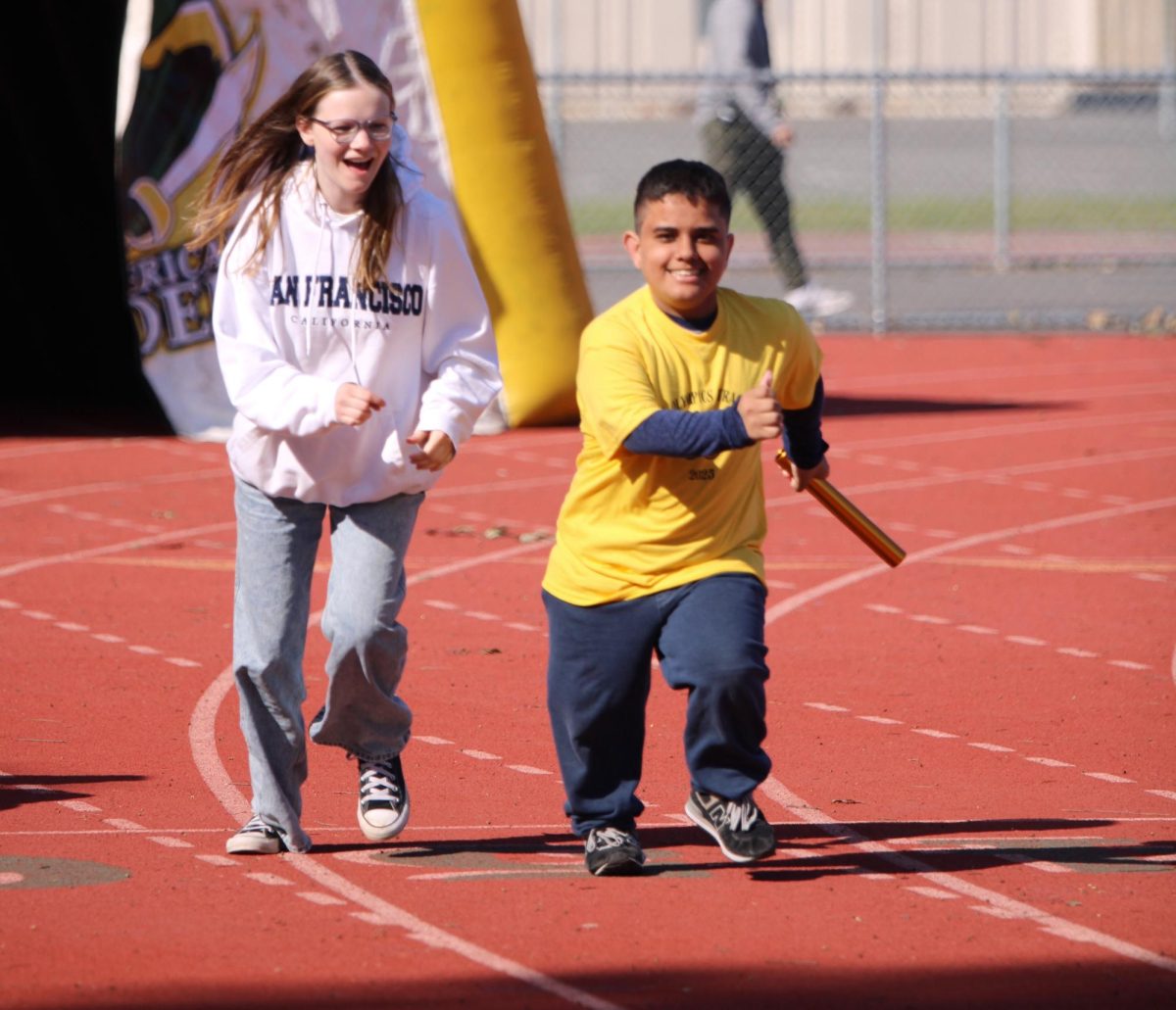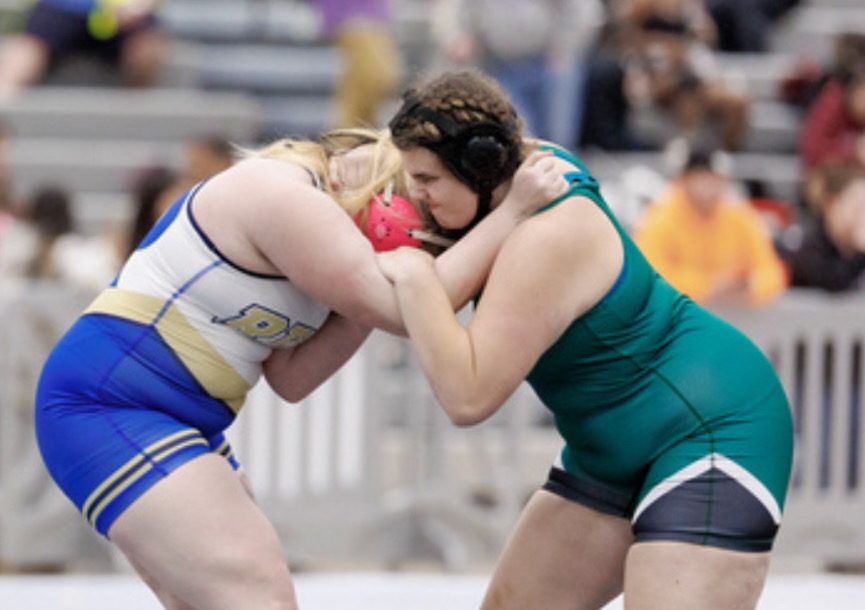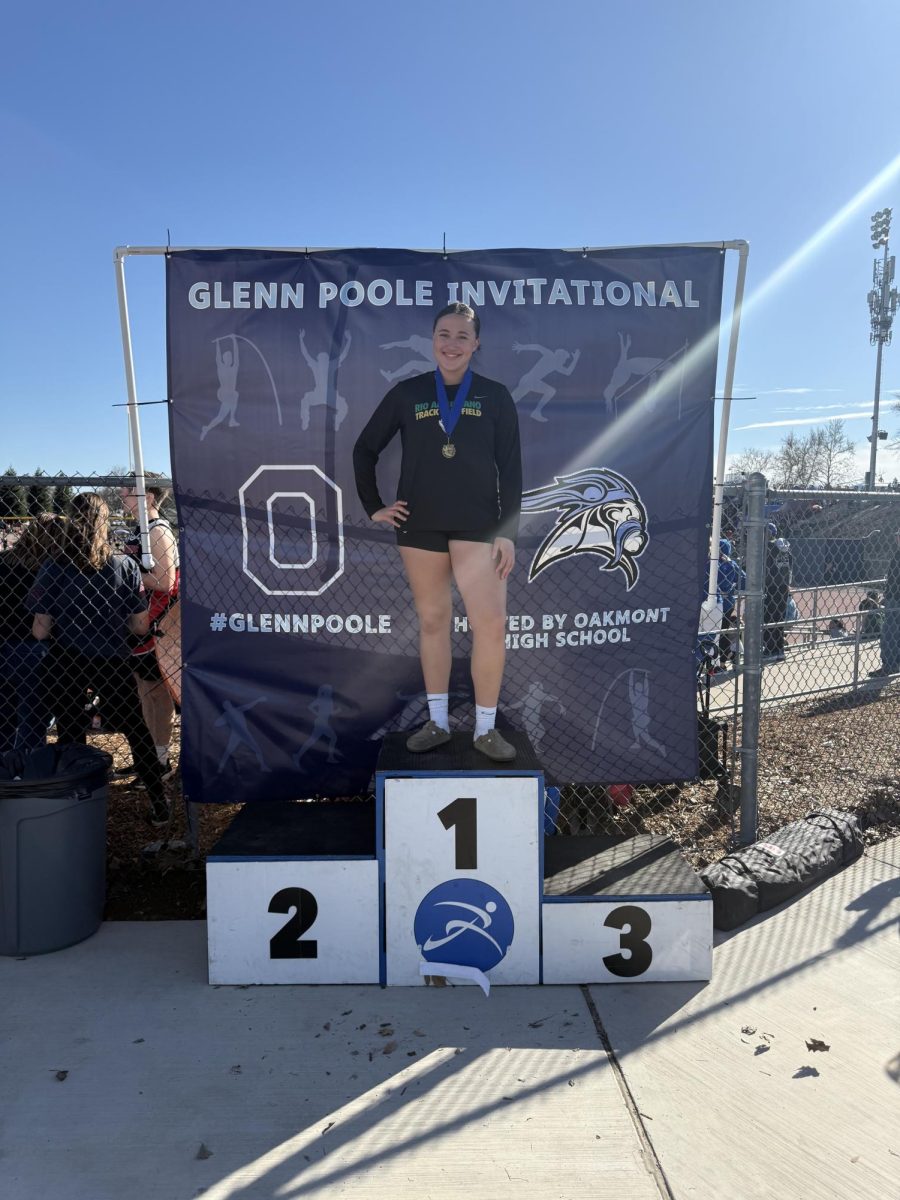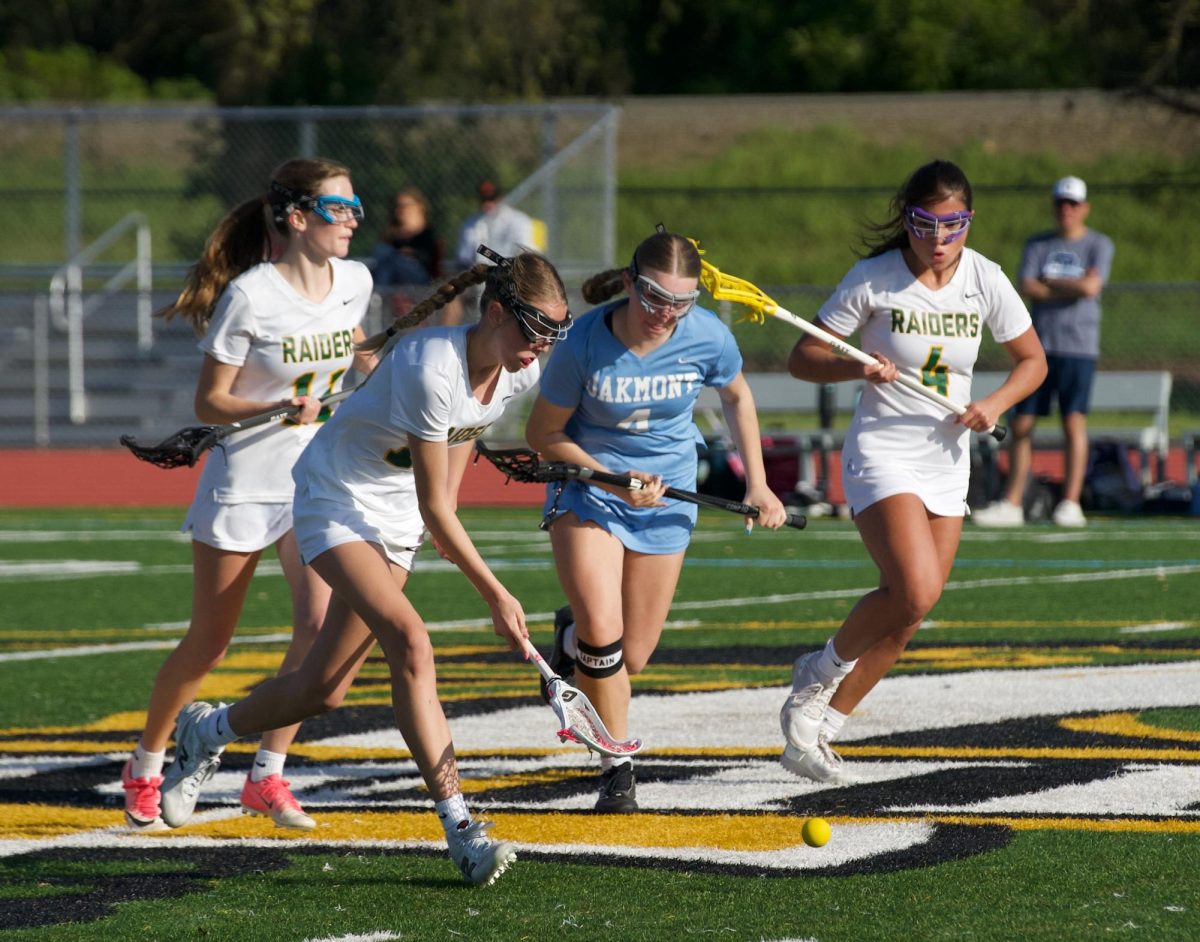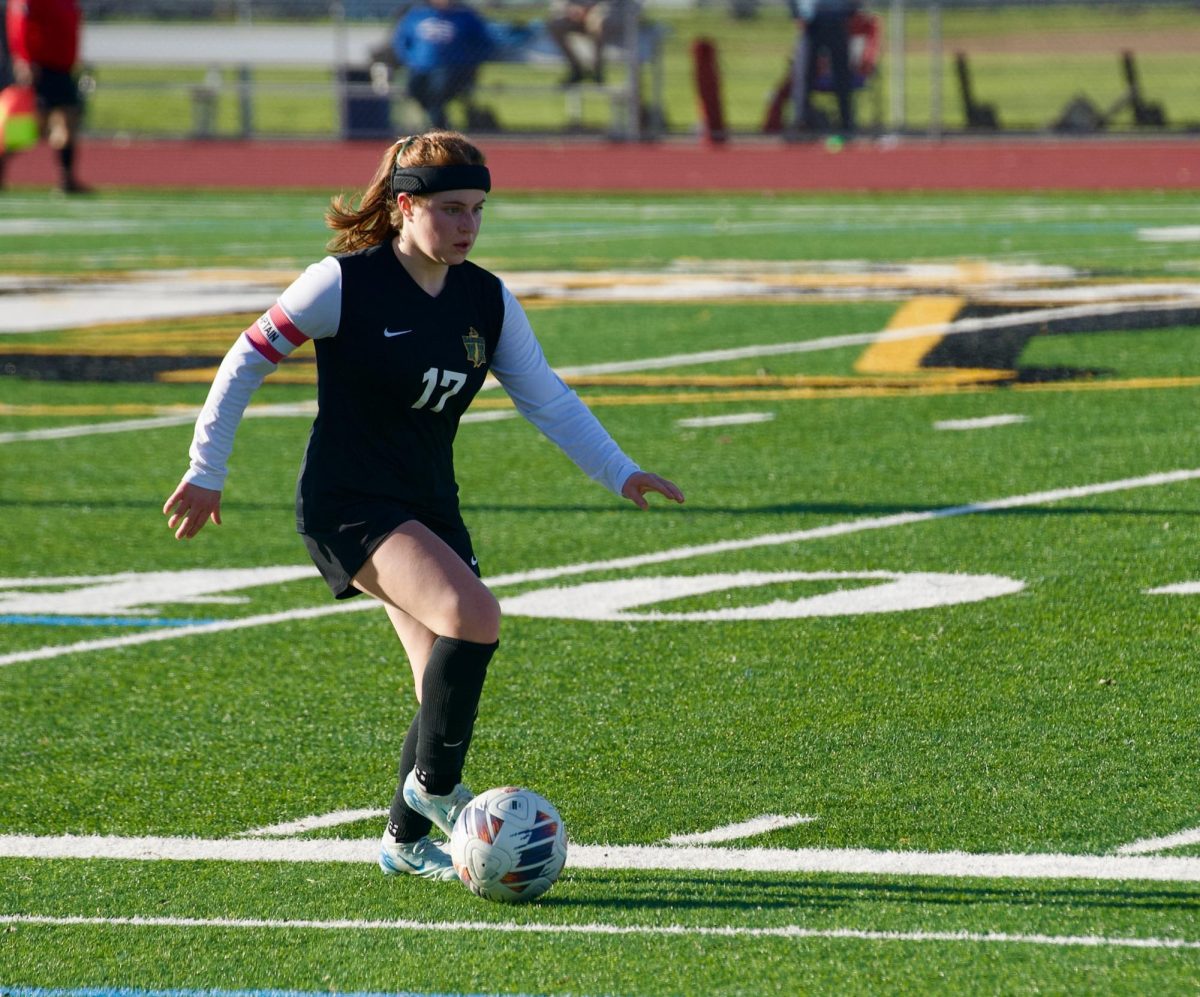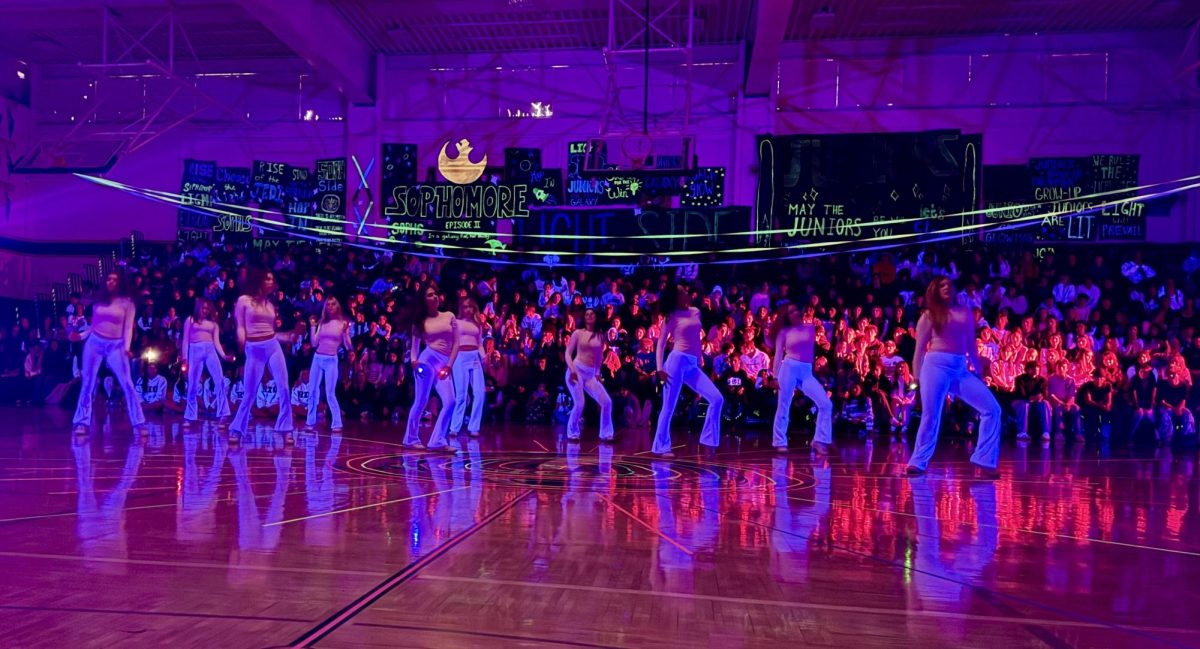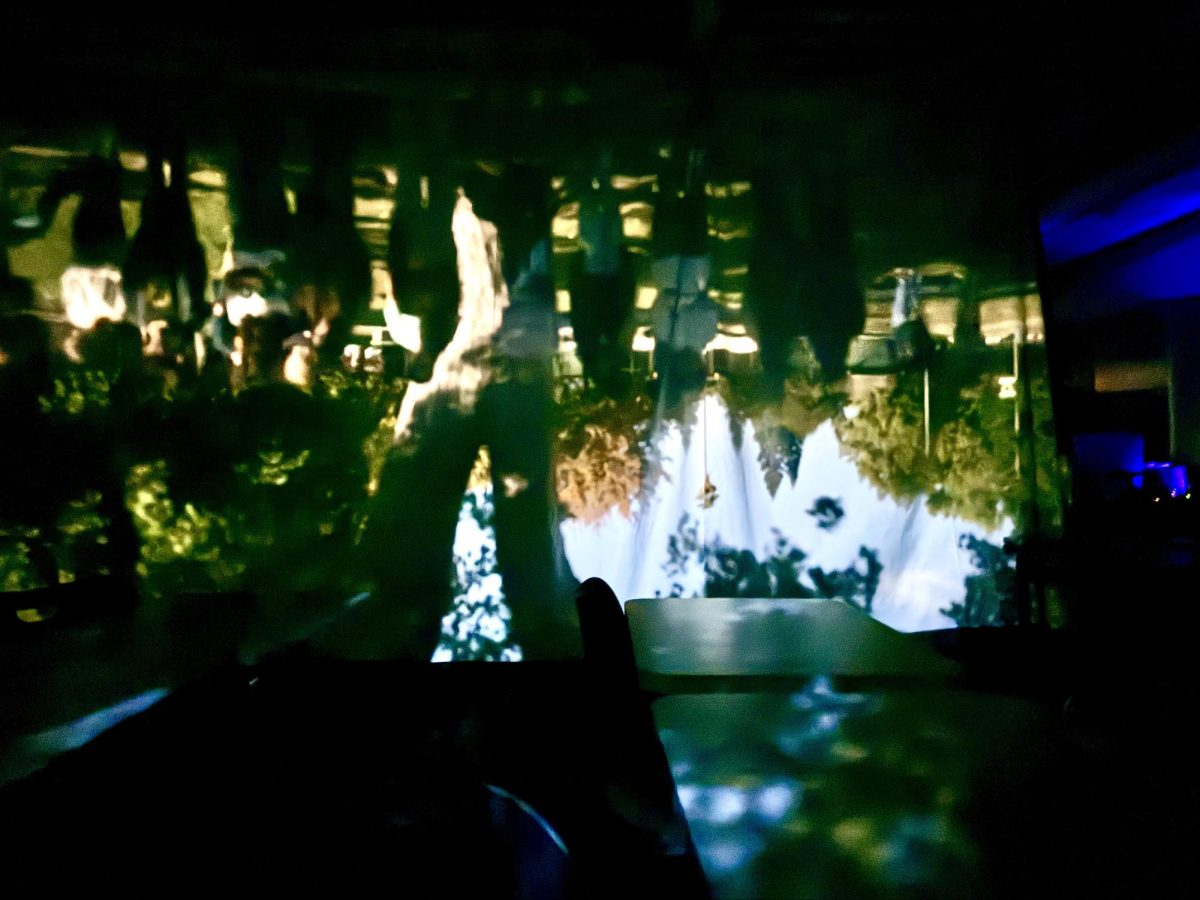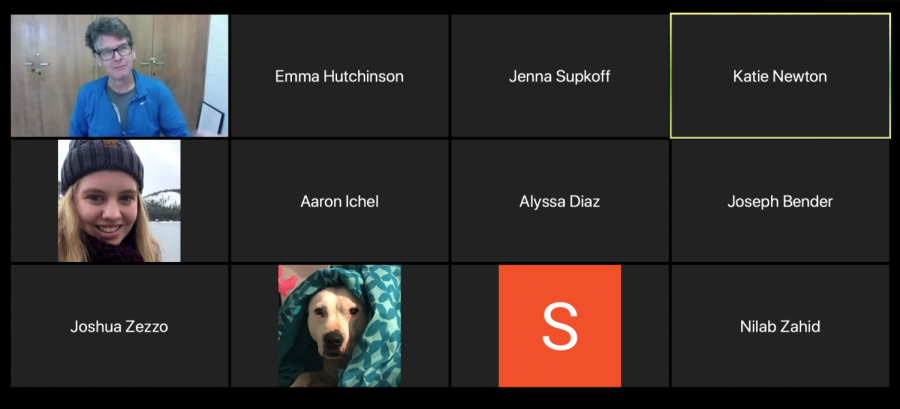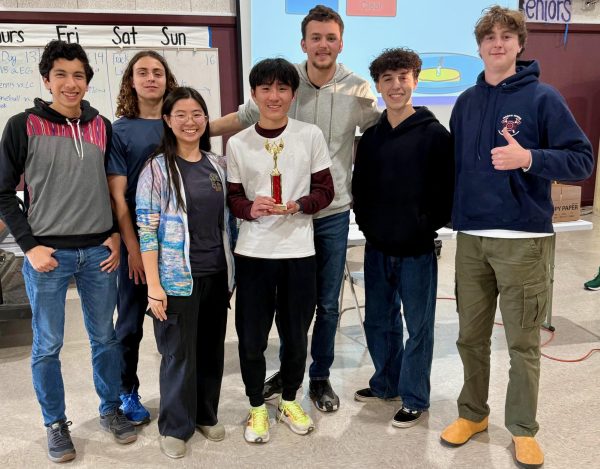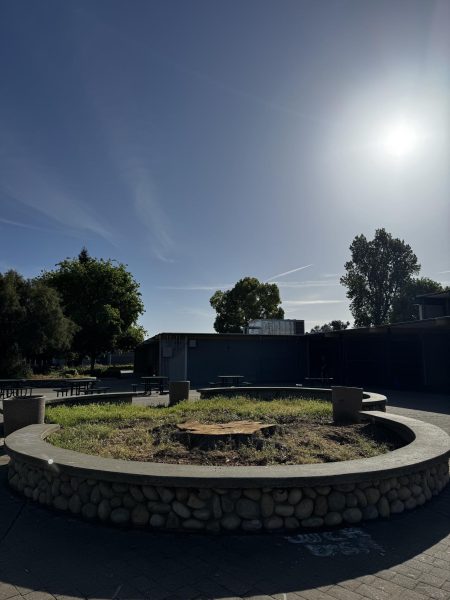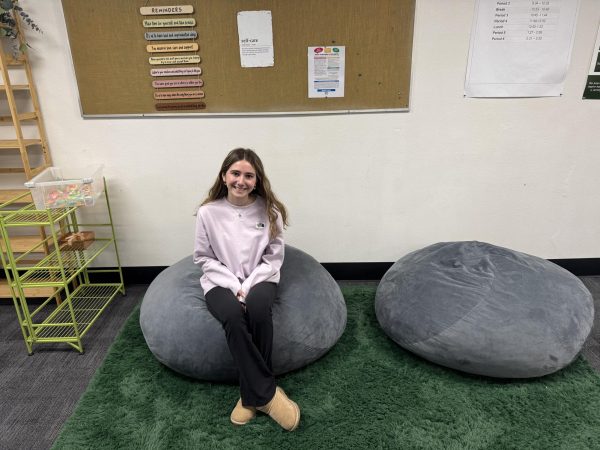Turn on your cameras
While they’re understanding of challenging student situations, teachers ask students to turn on their cameras if possible.
Photo By Emma Hutchinson
Journalism and English teacher Michael Mahoney has dealt with similar struggles to many other teachers attempting to engage students in learning while speaking to a blank screen in place of student faces.
Teachers at our school are faced with new challenges during distance learning now that students have the option on Zoom to turn their cameras off. Learning through a screen may be something new for students, but teaching via Zoom also poses challenges for staff, teachers report.
Many students in class, no matter the grade level, elect to turn off their cameras due to technical issues or other personal reasons.
Carley Nava, a health teacher, explains some of the reasons students may not have their cameras on.
“I have students who I know are caring for younger siblings on certain days and I don’t expect them to have it on,” Nava said. “Some students have their cameras on but they never unmute themselves to answer a question.”
The issue of difficult home situations could impact whether or not students are able to have their cameras on during their zoom classes. Things like watching siblings, cooking meals, and messy rooms could discourage students from exposing their homes and personal lives through a lens.
The disconnection between students and their teachers can make it difficult to learn during the school year.
“It would not be very motivational,” said science teacher Gina Costello in regards to having student’s cameras off during class. “In class, it would be easy to see if they are out of their seat or on their phone. If the camera is off, how can you really tell they are in the room, awake or focused?”
Some teachers like Spanish teacher Michael Carroll have discouraged students from turning off their cameras.
“It makes it much easier to teach because it is easier to see who understands, who has questions and who is actually there participating,” Carroll said, “I discourage turning the camera off because it makes it more difficult for the teacher to get feedback from students.”
Some students don’t mind having their cameras on, but understand that some of their fellow students may be unable or uncomfortable to do so.
“ I know there are some teachers who always want cameras on, but not everyone can do that,” said sophomore Julianna Rodriguez. “I think it’s the student’s responsibility to notify or tell the teacher why they can’t have their camera on, but I think students should have their cameras on if they can.”
“If everyone did I would feel much more connected to the students,” says Spanish teacher Brian Asher. “The students with cameras on are usually more engaged in class.”
P.E teacher Jennifer Smiley does not tell her students to turn their cameras on, but still does encourage students to have their cameras on.
“I have most of my students with their cameras off which is definitely not ideal,” said Smiley. “Why I love my job so much is that I love interacting with students.”
There seems to be another issue that some teachers have faced with students not actually being in the class, cameras turned off and mics muted. An anonymous teacher explained the confusion caused by blank screens with no students behind them.
“After I dismissed class, I still saw a couple students on the zoom,” the teacher said. “I was calling out their names, but alas, no answer, so I just ended the zoom meeting.”
When asking teachers about Zoom and cameras, they say they want to interact with students and teach them while we are doing distance learning until further notice.


